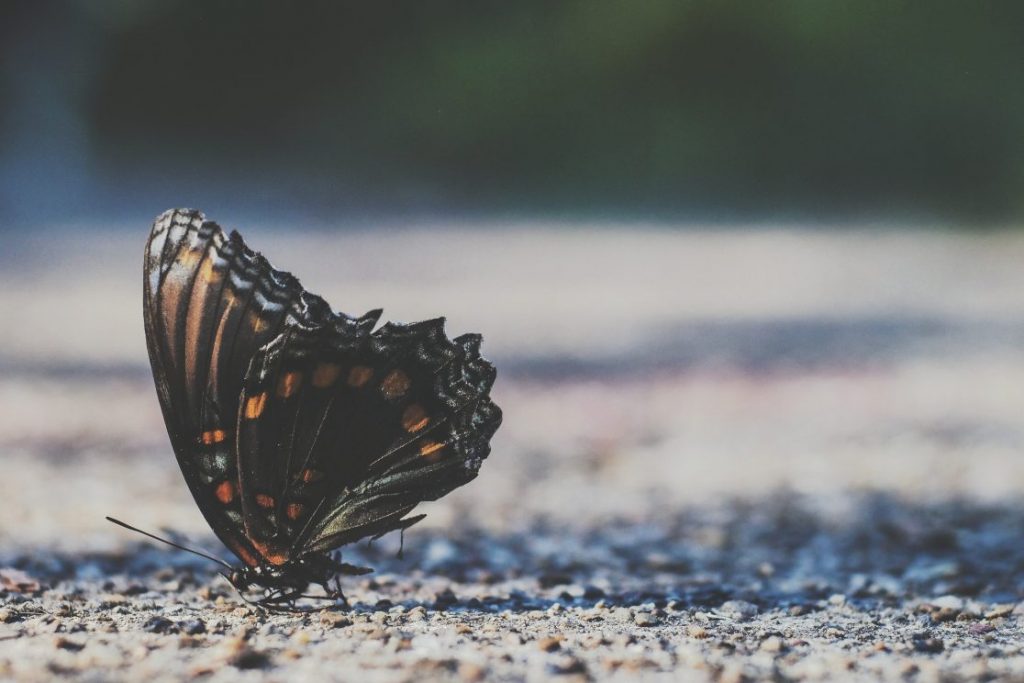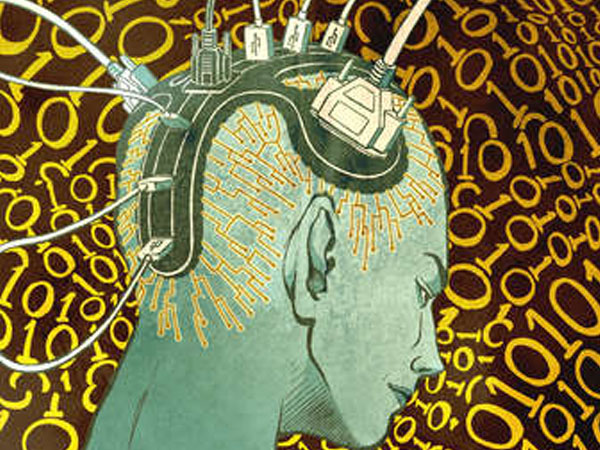As I stopped on the bike to look at the hills, I was confronted by at least 100 crows. They were on the ground by the dozens, and dozens more alighted on completed or partially completed buildings nearby.
Crows are very smart, and I could feel their awareness as they landed and swooped around me. Indigenous people did not dismiss such encounters, but saw signs in them, which educated people dismiss as superstition.
I couldn’t dismiss them, especially when they made a final circle around me, and then flew away, every one of them. People often think crows represent bad luck, or even a bad omen and death. But there were too many of them for such a limited, personal metaphysical meaning.
It felt more like what much of the literature on crows says, that they “symbolize transformation and change, especially spiritual and emotional change.”

Do crows have brains capable of symbolic activity? Experiments have shown that they can perform complex sequential tasks involving planning, so yes, they must have at least a rudimentary capability to think symbolically.
Unlike humans however, they certainly don’t symbolically mediate their experience. Symbolic activity is both our great gift and our great curse as a species.
On one hand, the evolution of conscious symbolic thought is the single greatest adaptation that evolution has ever produced on Earth.
On the other hand, it’s the most disastrous evolutionary adaptation for the Earth, since the creature in which it evolved—us—is bringing about catastrophic climate change and the Sixth Extinction, which are decimating the diversity of life.
The breakthrough that brought about “fully modern humans” (Homo sapiens sapiens, a double insult to intelligence, given that sapiens means ‘wise’) was the Cognitive Revolution. It occurred about 70,000 years ago, and gave humans the linguistic, technological, cultural, artistic and spiritual capacities we have today.
Major technological developments after the Cognitive Revolution included not only much more sophisticated stone tools, but also little things such as oil lamps and needles, and big things such as boats, which took people to Australia at least 50,000 years ago.
Though there was some intermingling with other hominid species such as Neanderthals, our species did to other hominin species what we’re now doing to many animals on Earth—we wiped them out.
The Cognitive Revolution appears to have taken place after the Toba Super volcano eruption in Indonesia, which may have produced a geographic and population ‘bottleneck,’ which in turn generated the evolutionary pressure for the cognitive leap.
Humankind faces a different kind of bottleneck at present, one belied by our overwhelming numbers (nearly 8 billion and growing).
The present bottleneck is of the very consciousness that brought us tremendous success as a species, allowing man to dominate all other animals and the biosphere itself in what scientists glibly call “the Anthropocene Age.”
This bottleneck is both outward–a man-made global ecological crisis; and Inward–a blockage and deadening of the capacity to feel, care and grow as human beings.
For example, as Americans have demonstrated during the pandemic, half the people are so self-centered and stunted they don’t care whether their own community members get Covid-19 and die. In a society and world like this, what is the alternative to ‘numbing out?’
The consciousness humans have known since the Cognitive Revolution took place is based on thought, which is to say on symbol, memory, association and reasoning.

That consciousness is essentially separative, divisive, fragmentary and accumulative. Darkness/evil is its by-product, and leaders who are “immoral, amoral sociopathic liars who function from a core of insecure malignant narcissism” are logical ends.
Liberals might ask: What about Indigenous peoples? Didn’t they live in harmony with nature?
Setting aside the fact that when people lived in nature they had no choice but to live in harmony with nature, the integrated beliefs, rituals and social structures of indigenous peoples reflect a continual concern with maintaining balance with the natural order. Indigenous people would not have had that concern if humans were ‘naturally’ an integrated species.
More to the point, with very few exceptions, humans do not live in the wilderness anymore, both because there is very little wilderness left, and because contact with the modern world brings with it the technologies and pathologies of the modern world. What’s left is a valiant attempt by a dwindling minority of indigenous people to preserve the old languages, traditions and customs of the indigenous past.
The pluralistic delusion is that diversity still exists within and between cultures and peoples, and that, as one activist said to me recently, “There are many beacons of light, even in America.”
The naïve hope is that somehow at some point in the foreseeable or distant future the forces of light will defeat the forces of darkness, and that humans will once again live in harmony with the Earth and each other. But if our written and evolutionary history is any indication, such a time never existed.
It turns out that so-called mystical experiencing, which flows from direct, unmediated perception of what is, is the way out of the ecological, spiritual and social bottleneck produced by our species. (God does have a sense of humor!)
That means enough humans have to make the leap from symbol-based consciousness to consciousness based on direct perception and insight, or man will continue to destroy the Earth, and humanity.
Can that evolutionary breakthrough occur now?
Martin LeFevre
The post The Limits of Symbol-Based Consciousness first appeared on The Costa Rican Times.
No comments:
Post a Comment